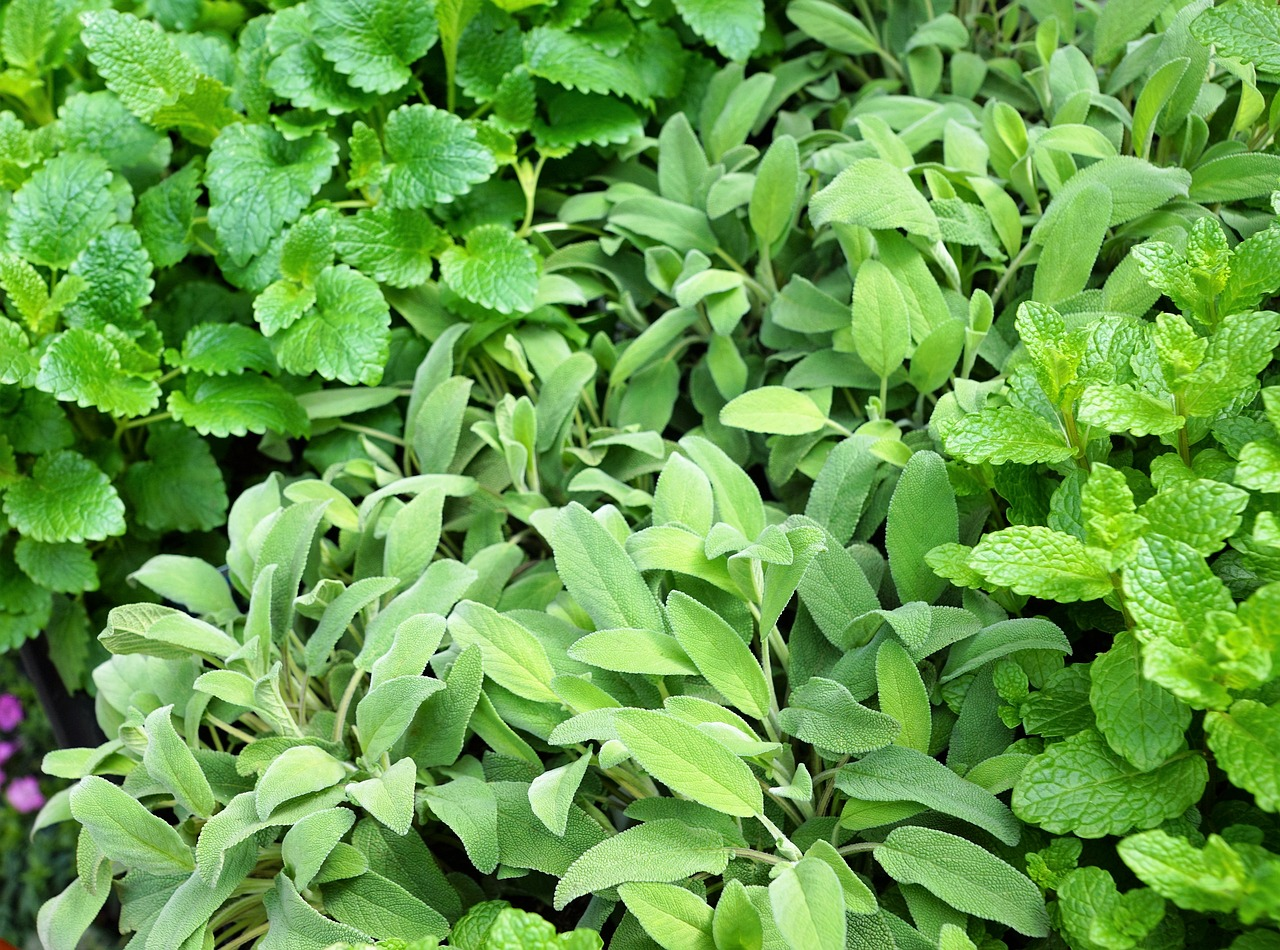
Cutting, Propagating & Overwintering Sage: How It Works
Sage not only tastes delicious as a tea or spice, but also helps with sore throats and respiratory diseases. The herb, which can usually be cultivated as a perennial, is very easy to care for and can be easily propagated by cuttings. In this article, you can find out exactly how to propagate sage and what you should look out for when overwintering and cutting sage.
This Article Contains:
Quick Overview
When to Cut Sage?
- In the fall after harvest is best
- In early spring, then again a stronger pruning
How to Propagate Sage From Cuttings:
- between the end of April and the beginning of June, sage can be propagated by cuttings
- cut off non-lignified shoot tips with three to four pairs of leaves and remove all but two leaves, shortening the remaining leaves by half
- allow the cuttings to take root in water
Overwintering Sage Plants:
- Hardy varieties such as the true sage or clary sage only need a fleece as protection from frosts below -10 °C/14 ° F
- variegated varieties such as honeydew sage are not hardy and must overwinter in a bright place with temperatures between 5 and 15 °C/41 and 59 ° F
Planting and Propagating Sage: What You Need to Know
In our latitudes, it is not quite as warm and sunny as in the home of the culinary herb. For this reason, sage seeds are pre-grown on the windowsill from March to April. The seeds are sown 1 cm/0.4 in deep in low-nutrient potting compost or herb soil and kept evenly moist. The small seedlings will appear after 7 to 14 days. After the last frosts, the plant can then be moved to the garden. Before moving, you should harden off the sensitive young plants for about a week and acclimatize them to the outdoor climate and direct sunlight. Direct sowing outdoors is only possible after the Ice Saints (from mid-May). You can find out more about Planting, Sowing and Harvesting Sage in this article.
Caution: Sage is undisputedly a valuable medicinal plant. However, it is not advisable to consume it over a longer period of time, as its essential oils contain the neurotoxin thujone. Only the variety "Spanish sage"(Salvia landulifolia) does not contain thujone.
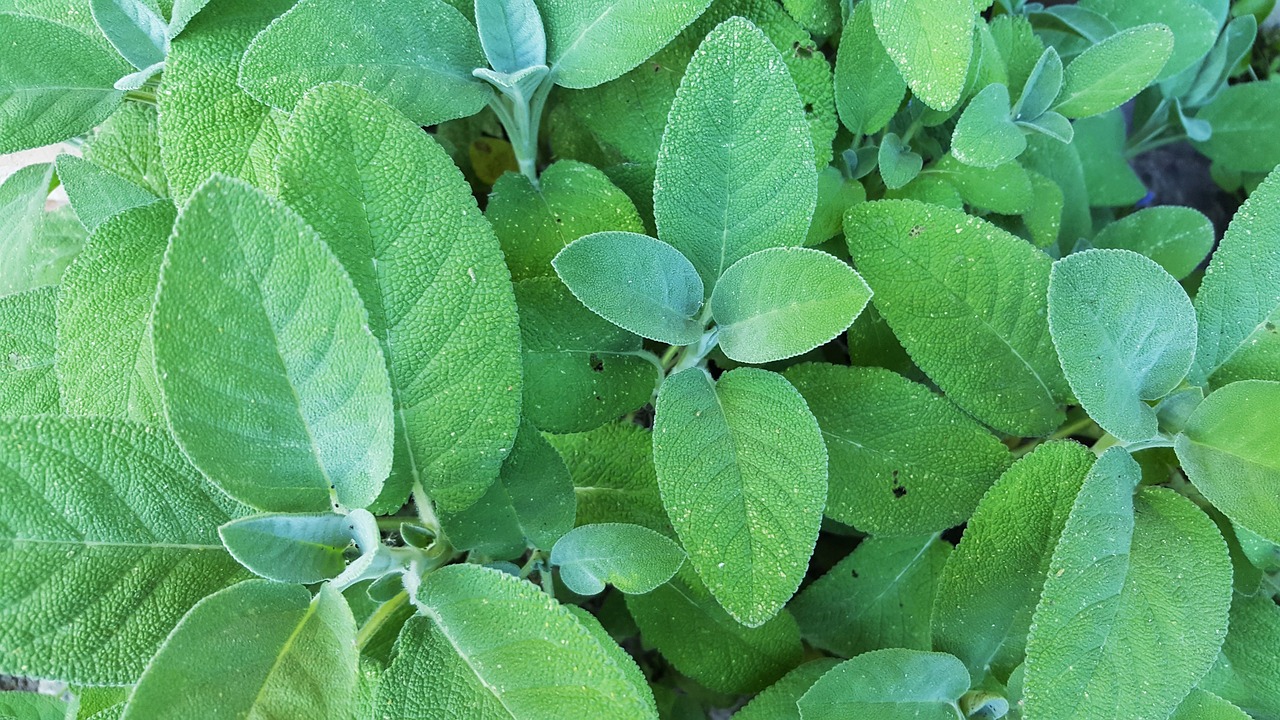
Care for Sage Plants Properly
Once in the garden, sage is not a complicated crop to grow and requires little care. It is well adapted to drought and provides itself with water through its deep roots. You should therefore only water moderately so that the water cannot build up. The rule here is: less is more. It is not particularly hungry for nutrients and is easy to please, so it does not usually need to be fertilized. True sage is insensitive to diseases. It is only susceptible to powdery mildew in heavy rain with waterlogging after a dry period.
Cutting Sage: What to Keep In Mind
It is essential to prune aromatic and medicinal herbs regularly. This keeps the shrub in shape, stimulates the growth of new shoots and prevents lignified shoots from dying off. As pruning is associated with stress for the plant, the fall is not suitable for pruning. The plant can otherwise be damaged by frost or heavy rain. It is better to prune after the harvest in summer and to carry out more intensive rejuvenation pruning before the growing season in early spring, but only when late frosts are no longer expected.
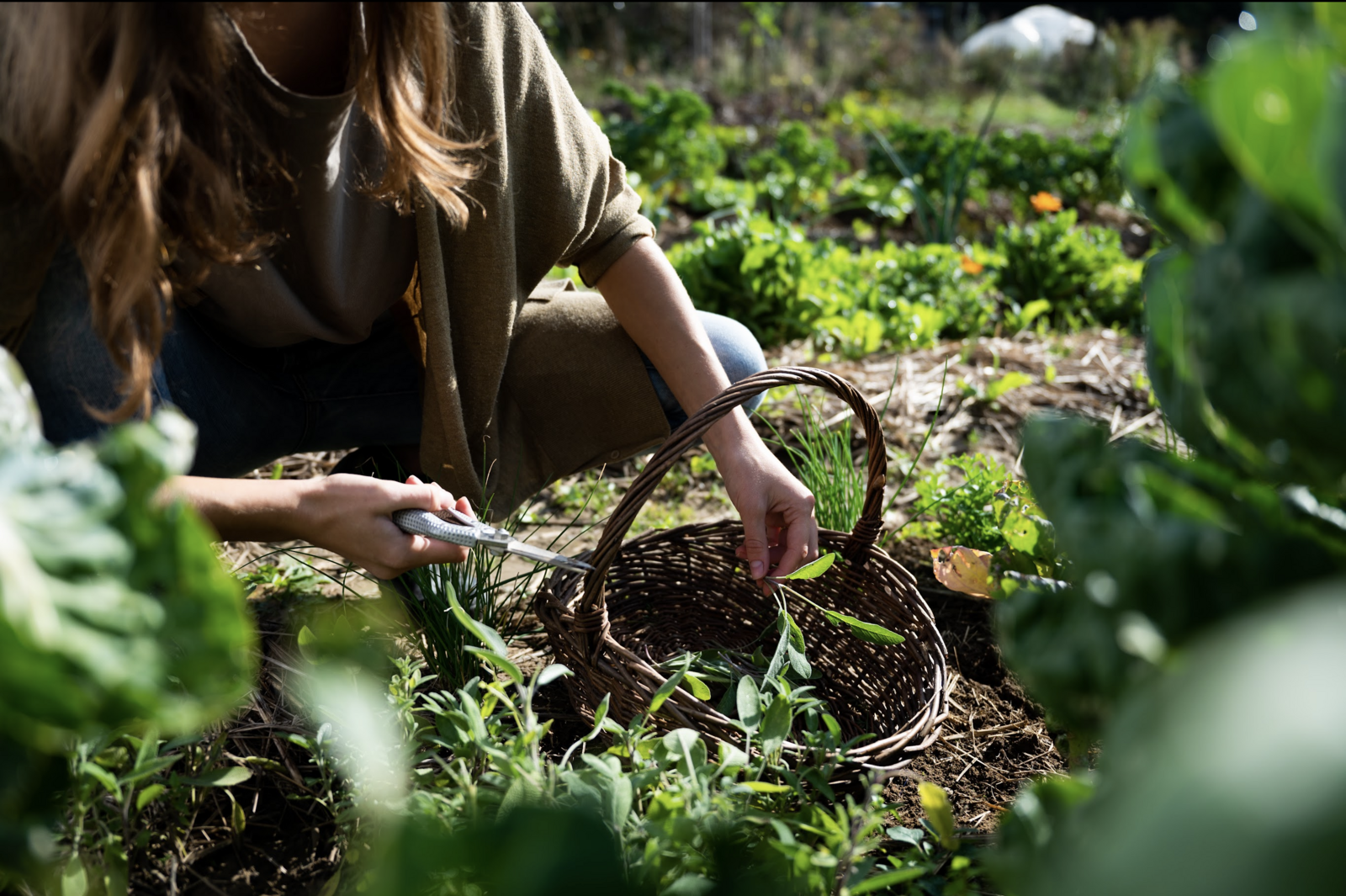
Overwintering Sage: Is Sage Hardy?
Not every sage variety is hardy and can overwinter outdoors. Varieties such as true sage (Salvia officinalis) or clary sage (Salvia sclarea) are hardy types of sage. Leave all the branches on the plant over the winter. Even if they wither, they offer additional protection from the cold. The plant retreats into the root ball and the protection of the soil and sprouts anew in spring. The silver leaf sage (Salvia argentea) is particularly resistant to cold and can survive temperatures down to -28 °C/-18.4 ° F. Although some varieties are hardy, they should be protected with a fleece in frosts below -10 °C/14 ° F. You can find More Tips on Overwintering Perennial Plants in this article.
Suitable Varieties for Perennial Cultivation:
- True sage (Salvia officinalis L.)
- Dwarf sage (Salvia officinalis 'Nana')
- Yellow sage (Salvia glutinosa L.)
- Meadow sage (Salvia pratensis L.)
- Silverleaf sage (Salvia argentea L.)

Find More Information About Hardy Plants
In our library you will find information on the individual varieties, including the cultivation period, whether they are hardy or frost-resistant and tips on planting and harvesting. You will also find good and bad companion plants to help you plan a mixed crop.
Check out Our Library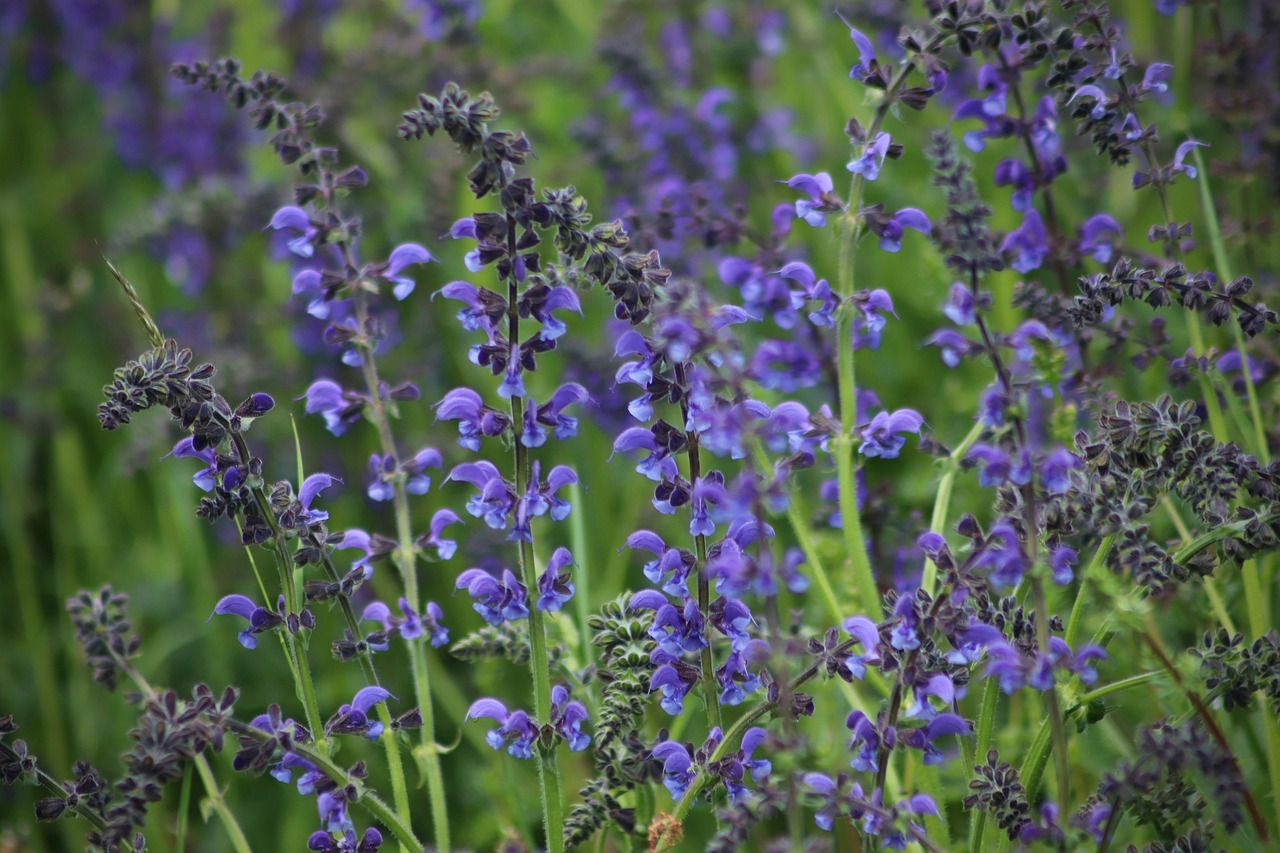
Variegated varieties are more sensitive and should be protected throughout the winter. These include exotic sage species such as the honeydew sage (Salvia elegans) or the sky-blue gentian sage (Salvia patens). In their native habitat, they do not require winter hardiness and are therefore very sensitive to the cold. These varieties are best grown in a pot and kept in a bright place with temperatures between 5 and 15 °C/41 and 59 ° F throughout the winter. When growing in a pot, it is particularly important to wrap the pot and the plant well with fleece. The cold simply passes through the pot and reaches the roots directly, making the shrub particularly vulnerable. Then place the plant on insulating material such as wood in a place protected from the wind and cold. A place on a house wall with plenty of sunlight or an unheated greenhouse is very suitable for this.
Grow Sage From Cuttings: Instructions & Tips
Sage can only be propagated by cuttings. The best time to take these cuttings is between the end of April and the beginning of June. At this time, the shoots are at the optimum stage of maturity: not too soft, but not yet woody. You can combine the cuttings directly with pruning to keep the shrub in shape.
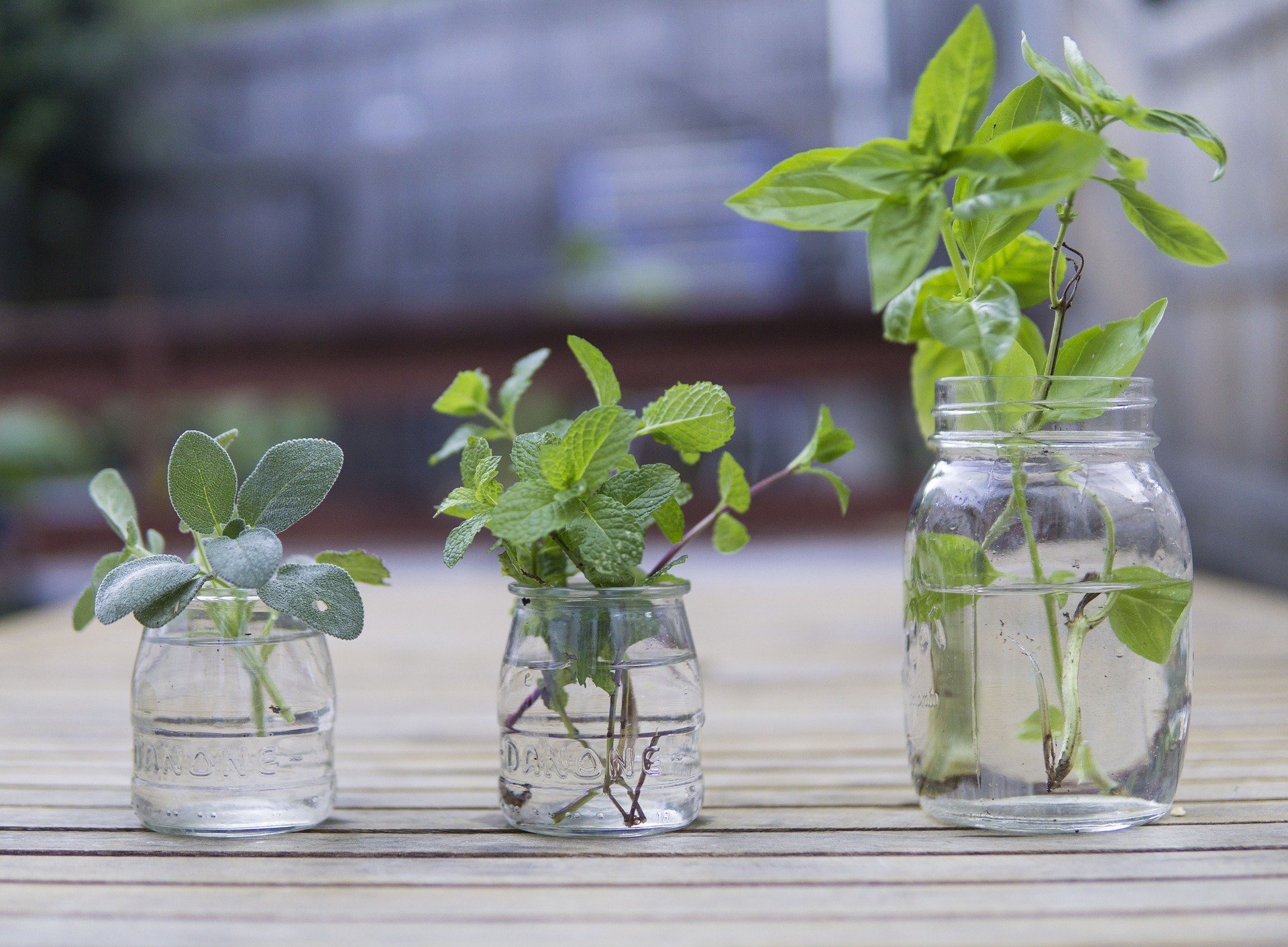
How Can You Propagate Sage?
If you want to make a cutting, cut off so-called head cuttings, which are non-lignified shoot tips with three to four pairs of leaves. Cut them off directly below a leaf node with an oblique cut, as this is where the concentration of growth substances is greatest and the cutting can form roots more easily. These shoot tips are then placed in water to grow roots. To do this, the lower leaves are removed. At least two leaves should remain. The other leaves would only rob the plant of energy, which it should now put into root formation. The remaining leaves are shortened by about half. This reduces the surface area, less water evaporates and makes it easier for the plant to grow.
I wish you every success with growing sage. Hopefully you now have everything you need to know to successfully care for, propagate and overwinter your sage.
If you have any questions or comments, please write to us at magazin@fryd.app.
Want to get helpful gardening tips all year round and plan your own beds in the best possible way? Then register here or download the Fryd app for Android or iOS.
Fryd - Your digital bed planner
Cover picture by photosforyou on Pixabay
Marie
Current Topics in the Community

#red , #tuesday

Liked 1 times
#testpostcount

Dec 2025
Popular Articles

Companion Plants for Carrots: What (Not) to Plant With Carrots

Companion Plants for Celery : What (Not) to Plant With Celery?

Strawberry Types: List of Best Strawberry Varieties

Companion Planting With Strawberries: Companion Plants and Planting Plan

Basil Varieties & Types at a Glance

What to Plant With Cabbage: Good and Bad Companion Plants

Fertilizing Strawberries: Home Remedies & Natural Fertilizers at a Glance

Growing Sweet Potatoes: Tips on Cultivation & Companion Plants

Companion Plants for Kitchen Herbs: Chives, Parsley & Co

What Herbs Can Be Planted Together?
FAQ
When is the best time to cut sage?
The best time is in the fall after harvest time. You can then prune again in early spring before the sage sprouts again.
Can you propagate sage from cuttings?
You can easily propagate sage as cuttings. To do this, cut off an unlignified shoot tip, remove all but two leaves and root the cutting in water.
Not every sage variety is hardy and suitable for overwintering outdoors. However, hardy varieties include true sage (Salvia officinalis) and clary sage (Salvia sclarea).
What else is there to consider when caring for sage?
Otherwise, the sage is very easy to care for. It is well adapted to drought and only needs to be watered during very dry periods. The true sage is not very susceptible to diseases, only powdery mildew can be a problem when waterlogged.